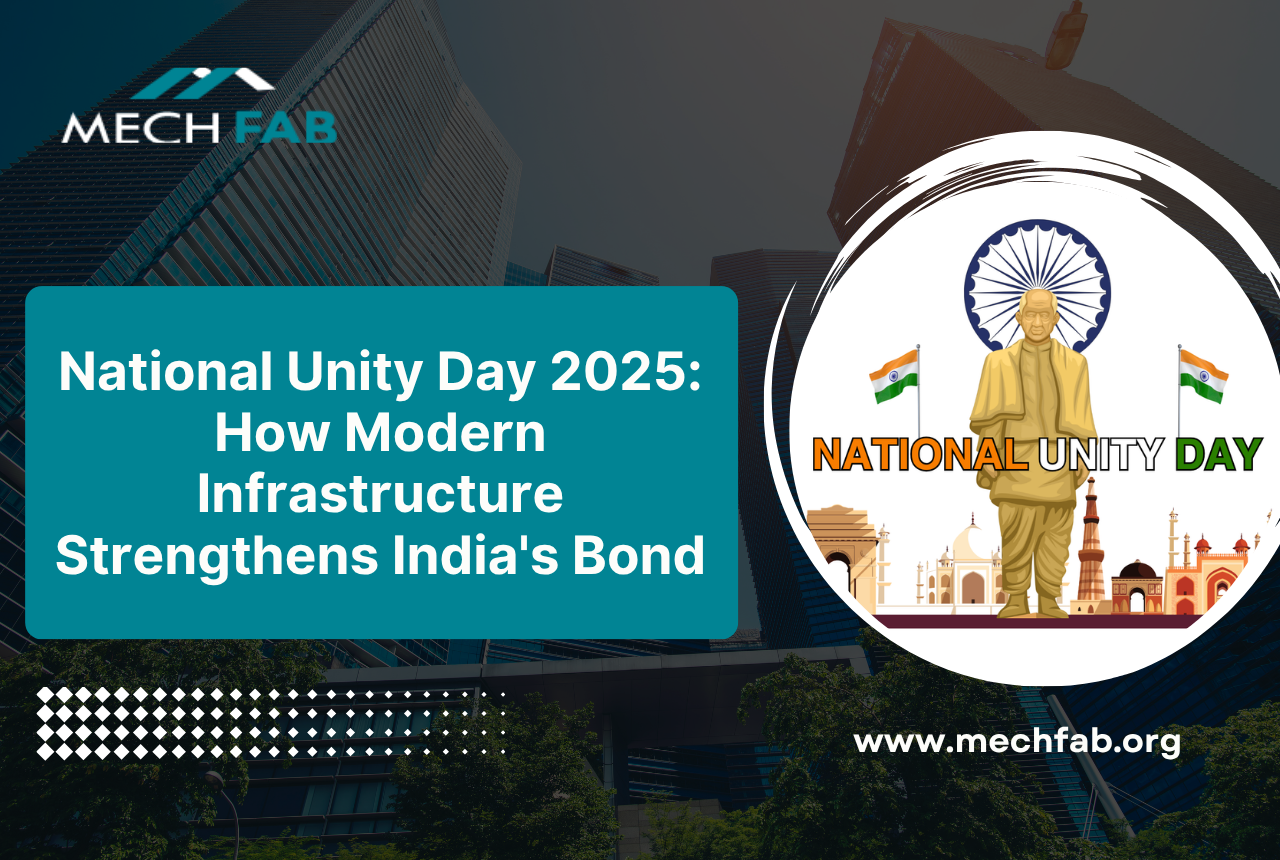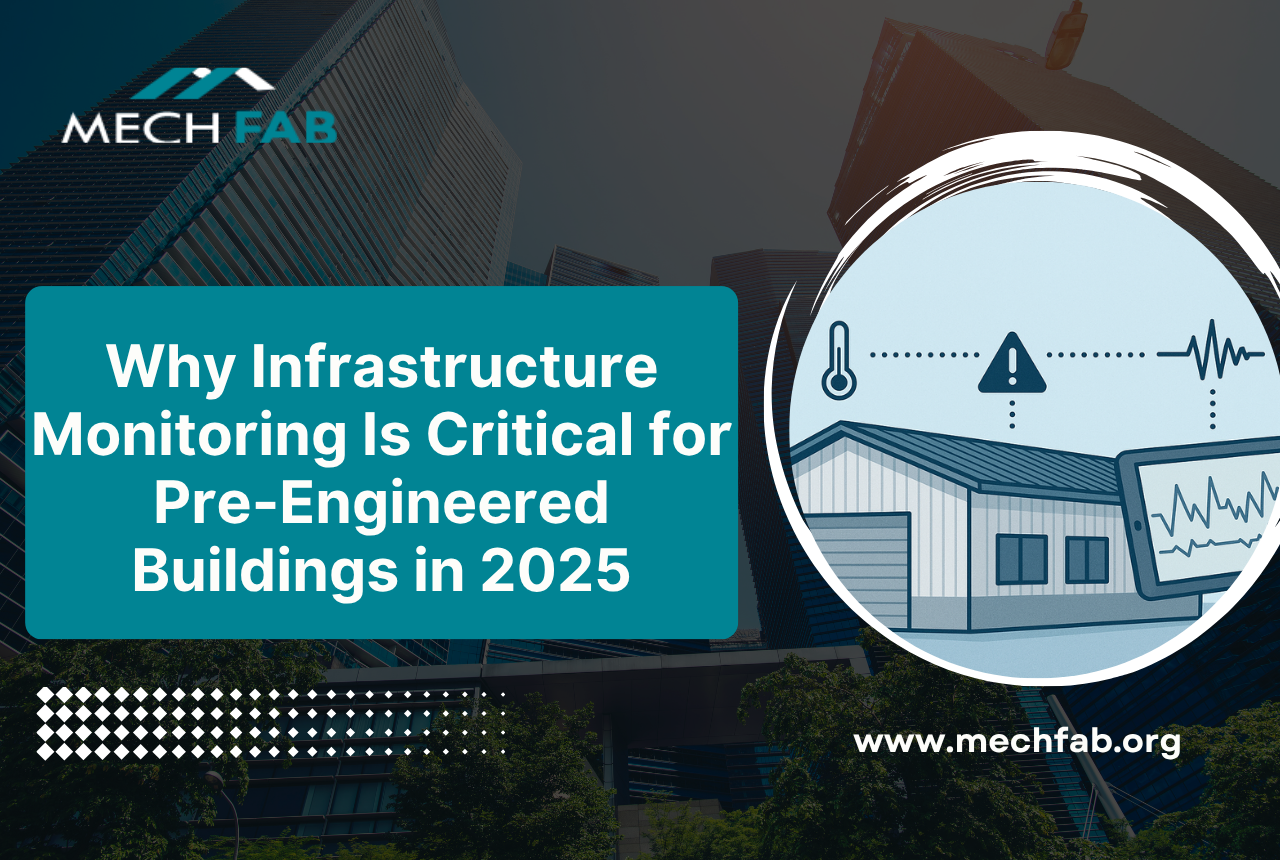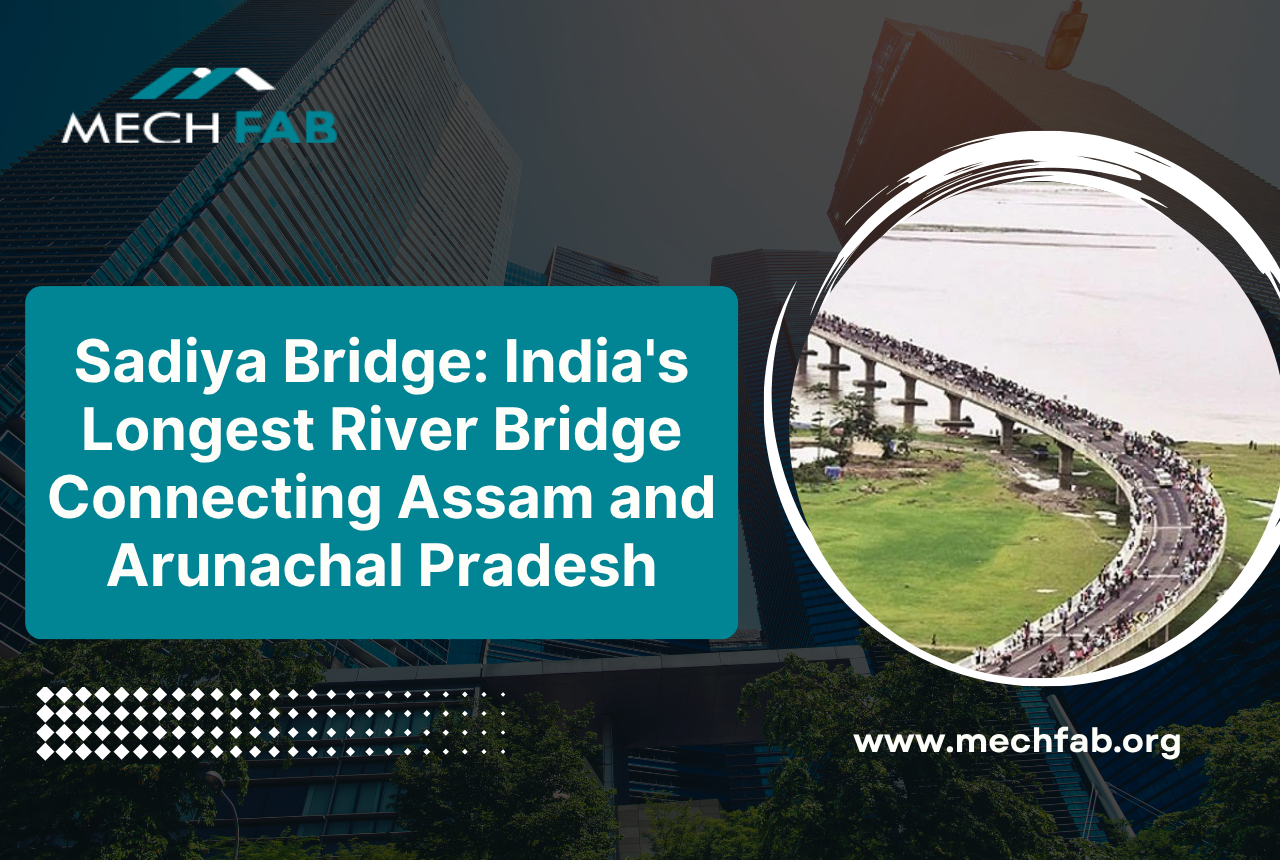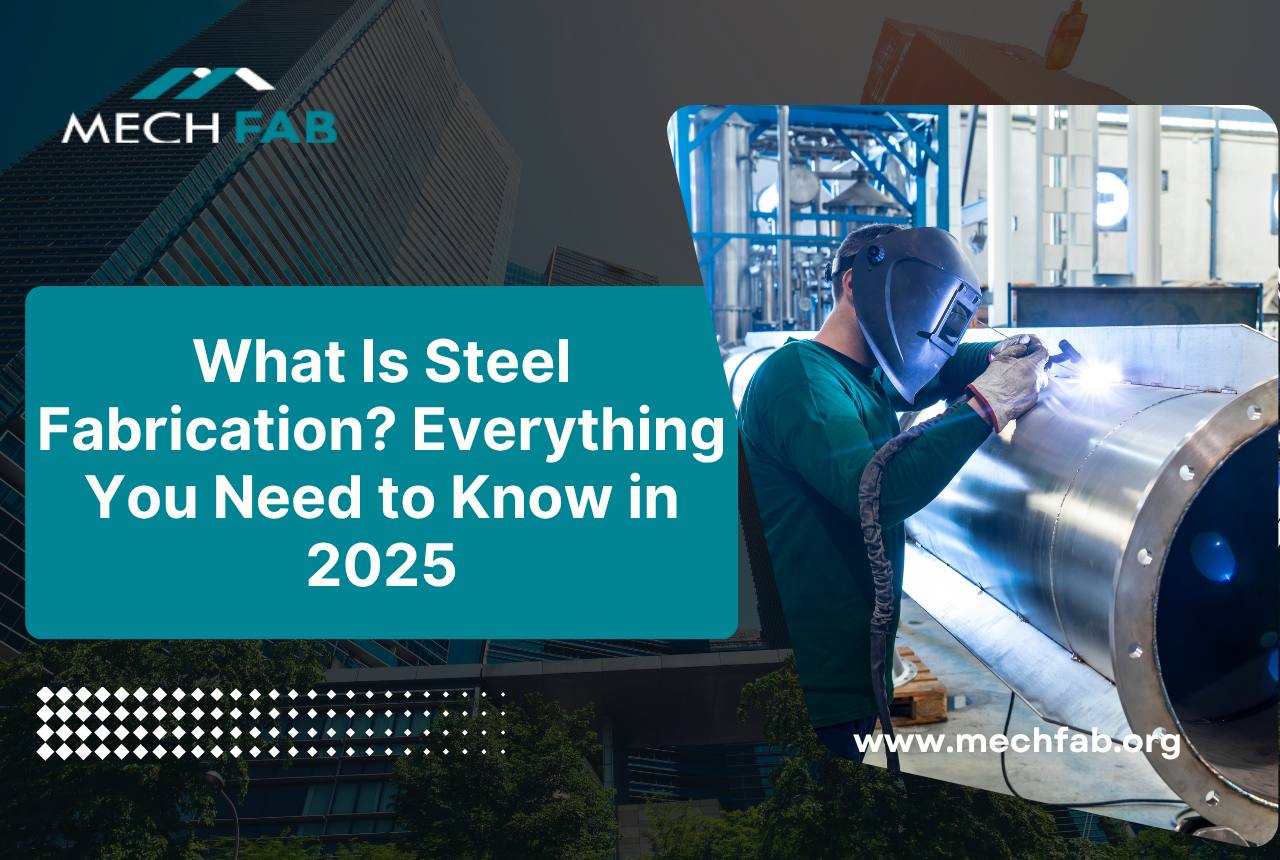The businesses that use PEB structures always have an upper hand over their competitors, because to keep up with the current generation it is of utmost importance to always keep on upgrading & updating, and the structure of operations is the most important of any other aspects of an evergrowing business.
Pre-Engineered Buildings (PEBs) have emerged as a popular and efficient construction solution for businesses across various sectors. Made with flexible and easily constructible materials, the structures made from PEBs are fabricated in controlled factory environments, ensuring the quality of the product always stays consistent and of the highest quality. Innovated & designed in a manner that PEBs are durable, cost-efficient, and less time-consuming during construction.
This blog post aims to explore seven specific businesses that have successfully leveraged PEB structures to gain a competitive advantage. By examining these case studies, we will delve into the diverse applications of PEBs and understand how they can contribute to business growth and success.
Businesses That Use PEB Structures for a Competitive Edge
1. Manufacturing Facilities

Ideal for large-scale manufacturing, PEBs have the advantage due to their spaciousness and adaptability. Designed with open floor plans, the PEBs allow for an efficient layout of production lines and industrial machinery, that helps maximize productivity. PEBs are also ahead of their time as they allow, customization that fits the wants of each client.
PEBs have another key advantage: they are cost-effective. Their standardized design and prefabricated components shorten assembly time and lower costs, making them appealing to cost-conscious manufacturers. Furthermore, PEBs often require less maintenance than traditional building methods, which contributes to long-term savings.
While building heavy machinery-based manufacturing units, it is essential to prioritize safety, that’s why PEBs are always preferred as they excel in this regard. They are fire-resistant and can be fitted with sophisticated fire suppression systems to reduce the danger of damage and injury. PEBs are also designed to endure natural calamities like earthquakes and hurricanes, ensuring a safe and stable environment for manufacturing operations.
2. Warehouses and Distribution Centers
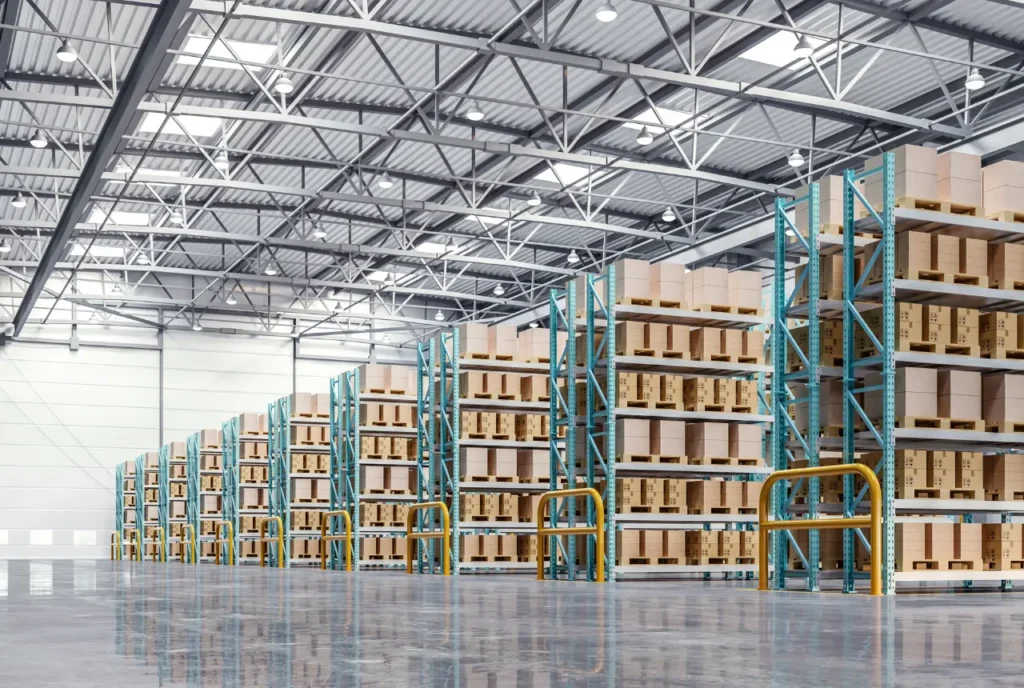
PEB structures are designed for the needs of the specialized buildings, which helps warehouses and distribution centers as they need ample space for efficient storage and handling of goods. Clear height, or the space between the floor and the ceiling, is critical for optimizing vertical storage capacity. Furthermore, minimum interior columns allow for continuous circulation of items and equipment throughout the warehouse.
This removes the need for several supporting columns, leaving more usable floor space.
Scalability is another advantage of PEBs. As storage requirements grow, PEBs can be easily expanded by adding modules or sections without disrupting ongoing operations. This flexibility allows businesses to adjust to changing demand while maintaining effective warehousing practices.
3. Showrooms and Retail Spaces

More than strength and durability, spaces for showrooms and retail spaces value the aesthetics of their outlets. While PEBs are often associated with industrial applications, they can also be aesthetically modified to create modern and visually appealing showrooms. Custom finishes, such as cladding, glazing, and interior design elements, can be incorporated to enhance the building’s appearance and align with the brand’s identity.
PEBs are versatile in terms of layout and style, allowing for various product presentations and consumer interactions. This versatility is especially beneficial for retail environments that must grow to match shifting market trends and consumer preferences.
One of the primary benefits of PEBs is their short building time. This allows businesses to open stores faster, shortening time to market and increasing return on investment.
IKEA, a well-known retail brand, uses PEBs for its showrooms. Their characteristic blue-and-yellow stores are frequently built with pre-engineered steel structures. These constructions create a roomy and functional atmosphere for displaying furniture and home items, all while contributing to IKEA’s distinct brand image.
4. Aviation Hangars and Maintenance Facilities
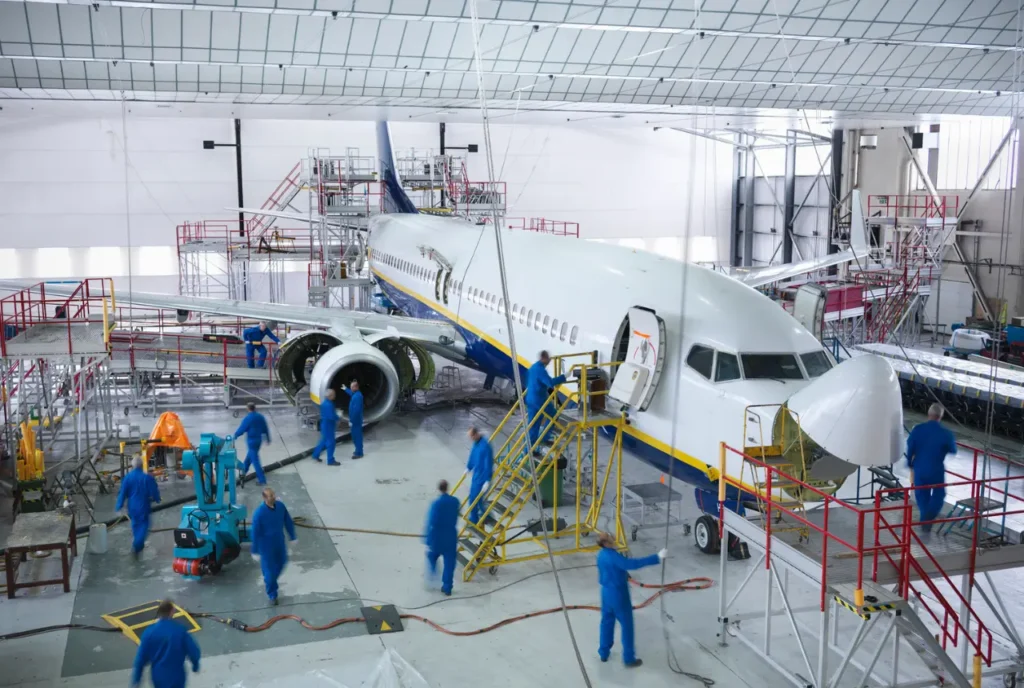
The aviation industry makes handers so that they can house huge aircraft, for which the structure needs to be spacious and robust to easily accommodate large airplanes and facilitate maintenance operations. Pre-engineered buildings (PEBs) are ideal for this task due to their large-span capabilities. Their broad, unobstructed zones enable smooth maneuvering and parking of aircraft, reducing the risk of damage.
PEBs have a high strength-to-weight ratio, which is another significant advantage. This characteristic guarantees that the structure can handle the weight of massive hangar doors, which are required to access the aircraft. PEBs can also be built to withstand the forces produced by jet engines and other aviation equipment.
Natural light is essential for effective hangar operations. PEBs with minimum internal columns enable plenty of natural light into the building, minimizing the need for artificial lighting and increasing energy efficiency. This natural light can also improve the working conditions for maintenance professionals.
JetBlue Airways is the most significant example of a company that utilizes PEBs for its aviation hangars. The airline has built multiple hangars with pre-engineered steel structures, creating a contemporary and efficient environment for aircraft maintenance and repair. These hangars have helped JetBlue streamline its operations and increase aircraft reliability.
5. Agricultural Buildings
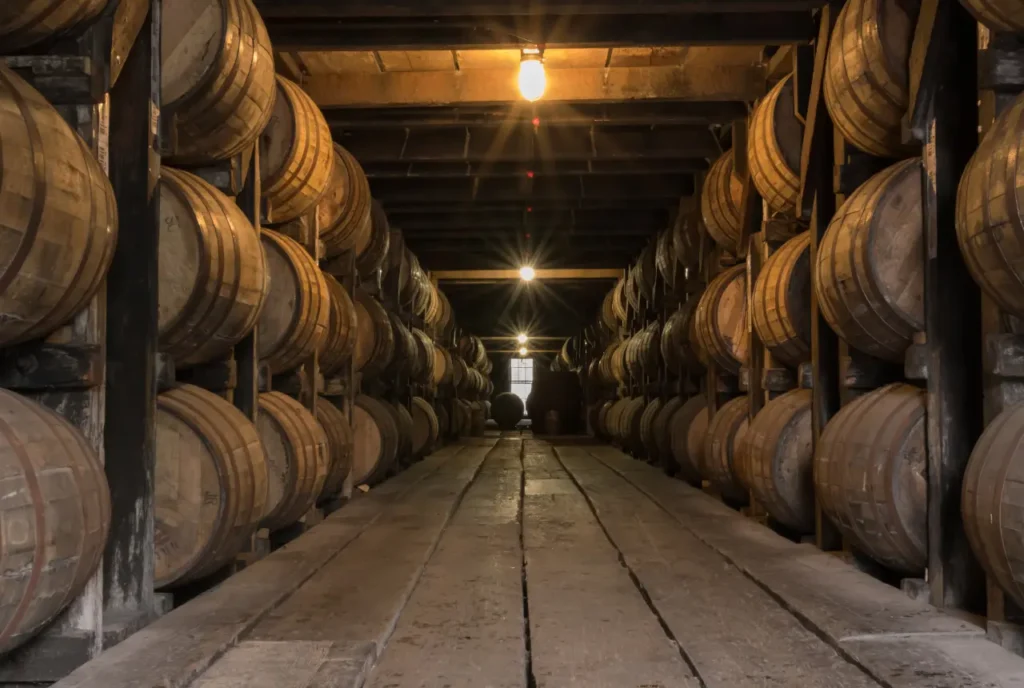
When you think the list ends, it is when the true versatility of PEBs is shown, due to their adaptability the structures can also meet a variety of agricultural needs. Common applications include barns for animals, storage structures for crops and equipment, and greenhouses for controlled plant development.
When constructing greenhouses the structure must have enough natural light transmission. PEBs have a wide-span design with minimal columns that make them the perfect candidate allowing ample sunlight to reach plants, which promotes the healthy growth of all the plants. In correlation to the structural advantage, PEBs can be insulated, giving them the ability to maintain proper insulation, optimal temperatures, and humidity levels, making them the perfect module for creating a controlled environment for plant cultivation.
California Fresh Farms, a big agricultural farm, uses PEBs for its structures. The company has built multiple barns, storage facilities, and greenhouses out of pre-engineered steel structures. These structures have allowed California Fresh Farms to better manage their operations, increase agricultural yields, and cut costs.
6. Sports and Entertainment Venues

PEBs provide a versatile solution for constructing huge, open spaces for sports arenas and concert halls. By customizing the structure’s design and components, architects can achieve the desired proportions and configurations. This versatility enables the building of vast, column-free zones suitable for accommodating large crowds and equipment.
PEBs are less expensive than standard construction methods for temporary or seasonal locations. PEBs’ modular design minimizes building time and costs, making it an ideal solution for short-term events.
PEBs also have a fast construction timeframe, allowing organizers to build up venues swiftly and efficiently. This benefit is especially useful for temporary events or seasonal sites that require a quick turnaround period.
The Olympic Stadium in Beijing, built for the 2008 Summer Olympics, is one example of a temporary sports stadium that makes use of PEBs. The stadium’s unique design included PEBs to provide a spacious, open area for spectators.
7. Public Buildings and Community Centers

PEBs can be adapted to suit a wide range of public buildings, including schools, community centers, and gymnasiums. Their modular design allows for customization to meet specific functional requirements, such as classrooms, meeting spaces, or recreational areas. PEBs can also be integrated with various building systems, including HVAC, plumbing, and electrical, to provide a comfortable and functional environment.
PEBs have the potential to be highly energy-efficient when designed and insulated properly. By incorporating energy-saving features like high-performance insulation, efficient lighting systems, and solar panels, PEBs can reduce energy consumption and operating costs.
PEBs are also known for their disaster resilience, making them suitable for public buildings in regions prone to natural disasters. Their lightweight construction and flexible design can withstand extreme weather conditions, such as hurricanes, earthquakes, and floods.
An example of a public building project that utilized PEBs for cost-effectiveness is the Westside Elementary School in California. The school was constructed using PEBs, resulting in significant cost savings and a shorter construction timeline. The PEBs also provided a flexible and adaptable learning environment that could be modified to meet future needs.
Benefits of PEB Structures in a Nutshell
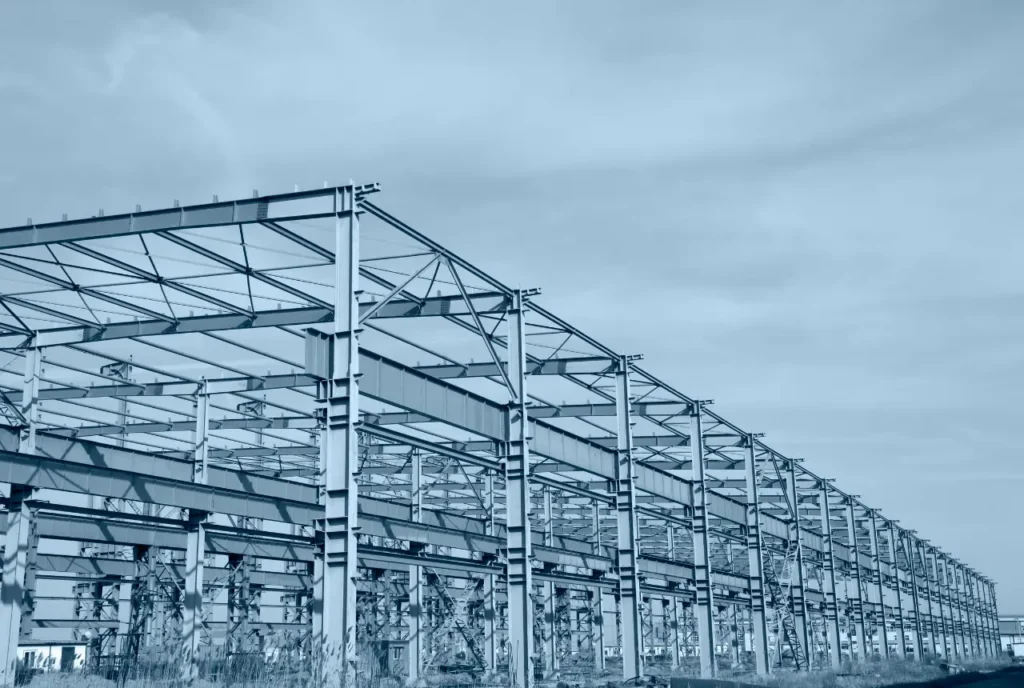
PEB structures offer a compelling combination of benefits that make them an attractive choice for a wide range of applications. One of the most significant advantages of PEBs is their cost-effectiveness. The modular design and standardized components reduce construction time and labor costs, resulting in a more affordable solution compared to traditional construction methods.
Another key benefit of PEBs is their speed of construction. The prefabricated components can be assembled quickly on-site, significantly reducing the overall project timeline. This advantage is particularly valuable for projects with tight deadlines or temporary structures.
PEBs are highly adaptable and can be customized to meet specific functional requirements. Their modular design allows for easy modifications and expansions, making them suitable for a variety of applications, from industrial facilities to commercial buildings.
In terms of durability, PEBs are designed to withstand harsh weather conditions and heavy loads. The high-quality materials and robust construction techniques ensure long-term performance and minimal maintenance requirements.
Additionally, PEBs have the potential to be energy-efficient. With proper design and insulation, PEBs can reduce energy consumption and operating costs. This benefit is particularly important in today’s world, where sustainability and environmental responsibility are increasingly valued.
Rewinding
PEB structures provide a compelling set of advantages, making them an appealing alternative for a wide range of applications. Their modular design and standardized components minimize building time and labor costs, making it a more cost-effective choice than traditional construction methods. PEBs are also very versatile and can be tailored to suit functional needs. Furthermore, their longevity and energy efficiency make them a viable and cost-effective option for a variety of tasks.


